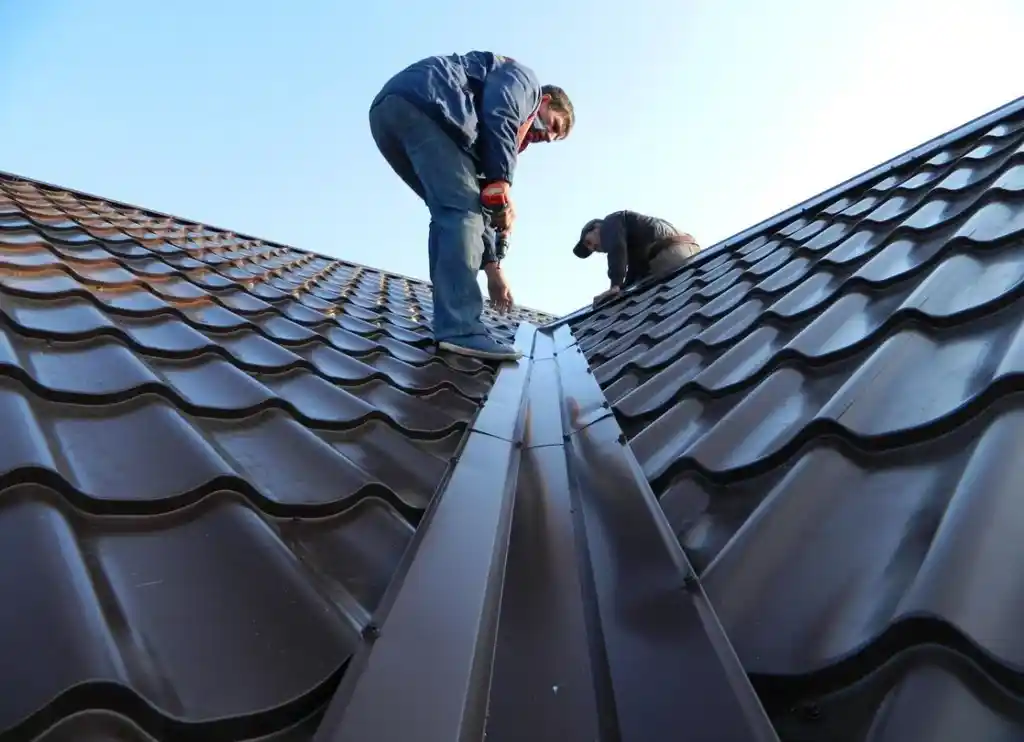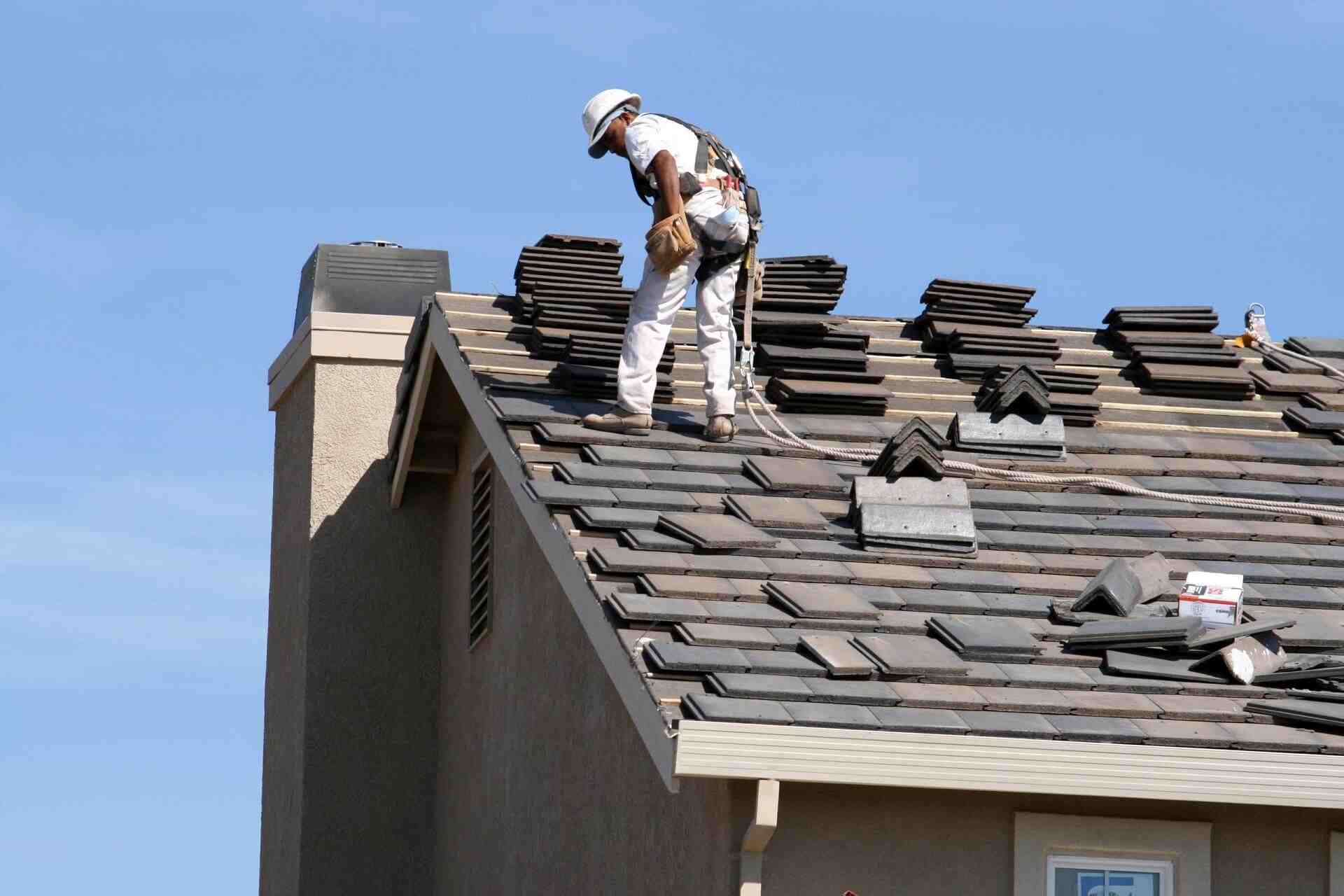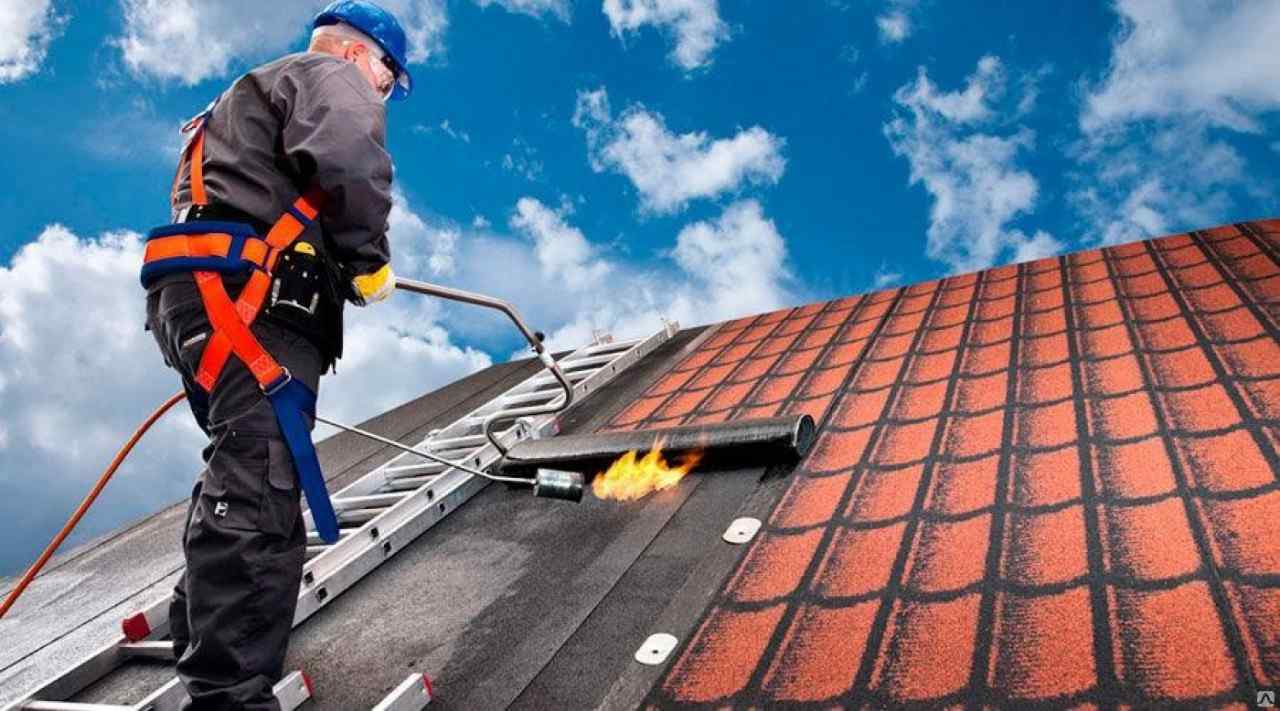Guide to Lead Codes – Weight, Thickness, Uses
On This Page

What are Lead Codes?
Lead is one of the commonly used roofing materials as it adds strength, reliability, and durability to the roof structure, extending its life. There are six lead codes based on which their method and purpose of use vary, requiring you to understand these codes to determine the most suitable type of lead flashing for your project.
This guide helps you develop an understanding of lead codes, their weights, thicknesses, uses, and importance. It also covers the consequences of not using the correct lead code for your roofing project.
Comprehending Lead Codes
Lead codes range from Code 3 to Code 8 based on its weight and thickness with different uses, such as:
Lead Code | Thickness | Weight |
Code 3 | 1.32mm | 14.97kg/m2 |
Code 4 | 1.80mm | 20.41kg/m2 |
Code 5 | 2.24mm | 25.40kg/m2 |
Code 6 | 2.65mm | 30.1kg/m2 |
Code 7 | 3.15mm | 35.72kg/m2 |
Code 8 | 3,50mm | 40.26kg/m2 |
Importance of Lead Codes
Different lead codes correspond to varying usage, and it is essential to use the right type for your project to achieve the desired high-quality results. On the other hand, if an incorrect lead code is used for a roofing project, then it can create negative impacts on the building’s integrity, which can cause its rapid deterioration.


Uses of Different Lead Codes
Code 3
Code 3 is the lowest profile Lead which is ideal to be used for fitting soakers against walls or chimney stacks.
Code 4
Code 4 Lead can be used for a variety of purposes, such as fitting soaker, flashing, and box. It can also be utilised with tapered valley gutters, dormers, vertical cladding, parapet, pitched valley gutters, etc. The recommended length for this code is 150mm when used as flashing.
Code 5
It is one of the most versatile options to use for a soaker on flat and pitched roofs. The spacing between the drips should not exceed 2000mm when installed on a flat roof or dormer top with joint’s spacing of 600m with the fall.
Code 6
It is commonly used for a soaker and vertical cladding to provide protection against water ingress. A suggested value of 2250mm spacing between drips and laps on flat and pitched roofs respectively is associated with Code 6 Lead. However, the spacing of joints with the fall can increase up to 675mm.
Code 7
It can be utilised as a soaker, flashing, and vertical cladding with a spacing of 2500mm and 240mm for flat and pitched roofs respectively at 60°.
Code 8
Code 8 is the highest profile of Lead which can be seamlessly installed on dormers, parapets, and valleys. The recommended values for this code is 2500mm-3000mm and 675mm-700mm for spacing between drips and joint’s spacing with the fall respectively.


Consequences of Choosing a Wrong Lead Code
The following are some of the negative consequences if you fail to choose the right type of lead code for your project:
Improper Installation
Lead flashing installation involves folding to place it in place; however, if the wrong code is selected, it can result in the splitting and cracking of lead. It causes lead instability, exposing your building to water damage, mould and mildew growth, rotting, etc.
Contraction and Expansion
Lead expands during the daytime due to high temperatures and contracts at night when the temperature gets lowered. So, suppose incorrect code is installed to cover your building structure. In that case, it could result in buckling, twisting, or splitting of the lead flashings, which exposes your property to water damage.
Water Penetration
It is essential to install the lead with the correct code to ensure optimum protection of your building structure by adequately covering the water susceptible structures, such as gutters. It is because water can penetrate your roof’s vulnerable areas if the correct code of lead is not installed, leading to cracking or splitting problems.
